Proportion
A proportion is a statement that two ratios or fractions are equal. In other words, it shows the equality of two ratios. It can be represented in the form of a/b = c/d, where a, b, c, and d are numbers and b and d are not equal to zero.
Example:
If we have the proportion 2/3 = 4/6, it means that the two fractions are equal to each other, because when we simplify 4/6 to 2/3, the result is the same as the first fraction.
Study Guide:
- Understanding Ratios: Before studying proportions, it's important to have a good understanding of ratios. A ratio is a comparison of two quantities. For example, if there are 3 red balls and 5 blue balls, the ratio of red balls to blue balls is 3:5.
- Writing Proportions: To write a proportion, you need to set up two equal ratios. For example, if the ratio of boys to girls in a class is 3:2, and the total number of students is 25, you can write the proportion as 3/2 = x/25, where x represents the unknown number of girls in the class.
- Solving Proportions: To solve a proportion, you can use cross multiplication. For the proportion a/b = c/d, the cross products are ad and bc. You can set up the equation ad = bc and solve for the unknown variable.
- Applications of Proportions: Proportions are used in various real-life scenarios, such as solving problems related to cooking recipes, map scales, and financial calculations.
Understanding proportions is important in various mathematical concepts, and it forms the basis of solving many problems in mathematics and real-world scenarios. It's a fundamental concept that is used in everyday life.
.◂Math Worksheets and Study Guides Fifth Grade. Polygon Characteristics
Study Guide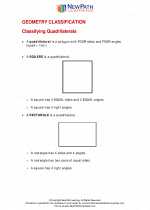 Polygon Characteristics
Polygon Characteristics  Worksheet/Answer key
Worksheet/Answer key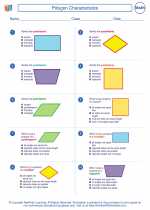 Polygon Characteristics
Polygon Characteristics  Worksheet/Answer key
Worksheet/Answer key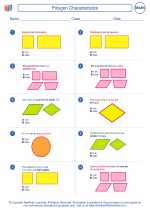 Polygon Characteristics
Polygon Characteristics  Worksheet/Answer key
Worksheet/Answer key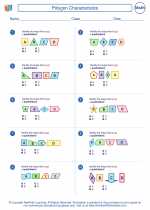 Polygon Characteristics
Polygon Characteristics  Worksheet/Answer key
Worksheet/Answer key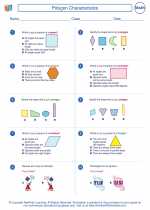 Polygon Characteristics
Polygon Characteristics  Worksheet/Answer key
Worksheet/Answer key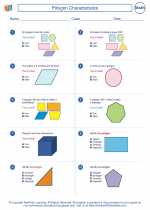 Polygon Characteristics
Polygon Characteristics  Worksheet/Answer key
Worksheet/Answer key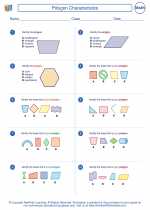 Polygon Characteristics
Polygon Characteristics  Worksheet/Answer key
Worksheet/Answer key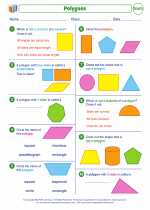 Polygons
Polygons  Worksheet/Answer key
Worksheet/Answer key Shape Up
Shape Up  Vocabulary/Answer key
Vocabulary/Answer key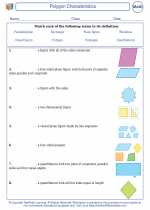 Polygon Characteristics
Polygon Characteristics 

 Worksheet/Answer key
Worksheet/Answer key
 Worksheet/Answer key
Worksheet/Answer key
 Worksheet/Answer key
Worksheet/Answer key
 Worksheet/Answer key
Worksheet/Answer key
 Worksheet/Answer key
Worksheet/Answer key
 Worksheet/Answer key
Worksheet/Answer key
 Worksheet/Answer key
Worksheet/Answer key
 Worksheet/Answer key
Worksheet/Answer key
 Vocabulary/Answer key
Vocabulary/Answer key

The resources above cover the following skills:
Geometry (NCTM)
Analyze characteristics and properties of two- and three-dimensional geometric shapes and develop mathematical arguments about geometric relationships.
Identify, compare, and analyze attributes of two- and three-dimensional shapes and develop vocabulary to describe the attributes.
Classify two- and three-dimensional shapes according to their properties and develop definitions of classes of shapes such as triangles and pyramids.